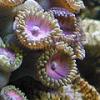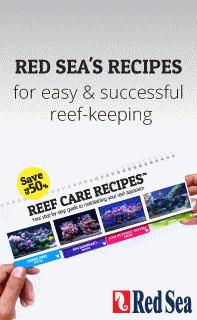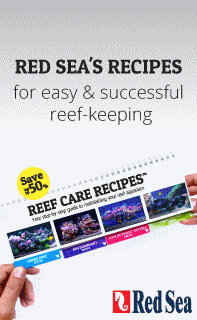-
Topics
-
Latest Update
-
2
WTS long tentacle anemone
Open to trade as well. Let me know if you have anything to trade -
2
-
0
제주커피다방〓텔-레@misi889〓제주다방 떡치기①제주20-40대 티켓다방 가격ⓜ
제주커피다방〓텔-레@misi889〓제주다방 떡치기①제주20-40대 티켓다방 가격ⓜ -
0
포천커피다방〓텔-레@misi889〓포천다방 떡치기①포천20-40대 티켓다방 가격ⓜ
포천커피다방〓텔-레@misi889〓포천다방 떡치기①포천20-40대 티켓다방 가격ⓜ -
0
연천커피다방〓텔-레@misi889〓연천다방 떡치기①연천20-40대 티켓다방 가격ⓜ
연천커피다방〓텔-레@misi889〓연천다방 떡치기①연천20-40대 티켓다방 가격ⓜ
-





Recommended Posts
Join the conversation
You can post now and register later. If you have an account, sign in now to post with your account.